By Philip Mostyn
Catholic Lyme seems to have begun in about 770 AD when the West Saxons were converted to Christianity – which of course was Catholicism. According to the earliest history of Lyme that I have found (G Roberts 1823), the town was probably used as a harbour and supply station by the Romans, and more recent archaeology supports this. But its name and prominence dates from 774 AD when Cynewulf, King of the West Saxons, gave to the Abbey of Sherborne a plot of land on the west side of the river Lym where it meets the sea, to make salt. Salt was vital for preserving food, and the sea at Lyme is particularly saline. So the Saxons boiled sea-water in pans there and sent it inland to Sherborne, which explains why Sherborne Lane in Lyme is so-called.
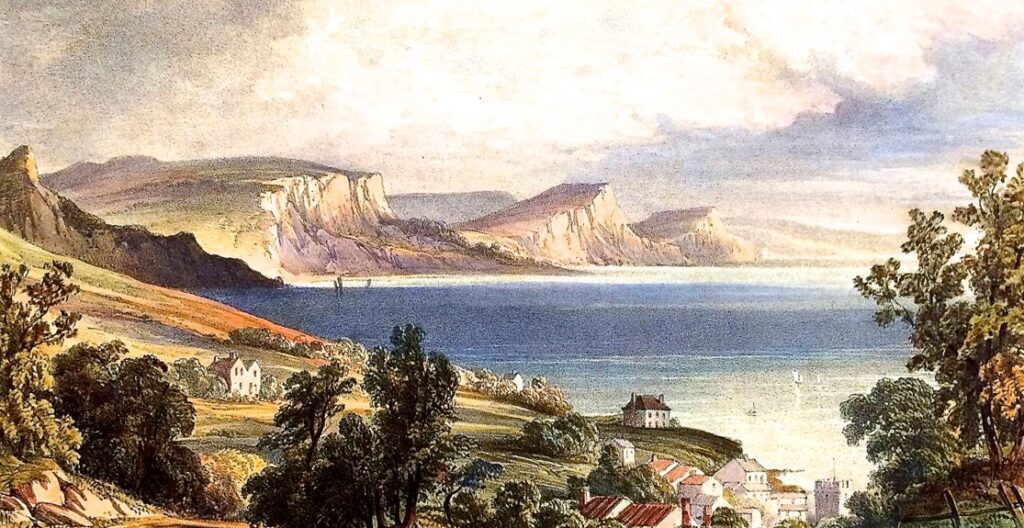
The Domesday book records 27 salt-workers, fishermen and small-holders at Lyme, and the original Catholic church of Lyme, on the east side of the river, had apparently been in existence since Saxon times. The church was enlarged by the Normans in about 1120. In a Papal bull in 1145, Pope Eugenius III confirmed the grant of the Church at Lyme to the Abbey of Sherborne, who retained it until 1284. The church was dedicated to St Michael the Archangel in 1405, it is believed.
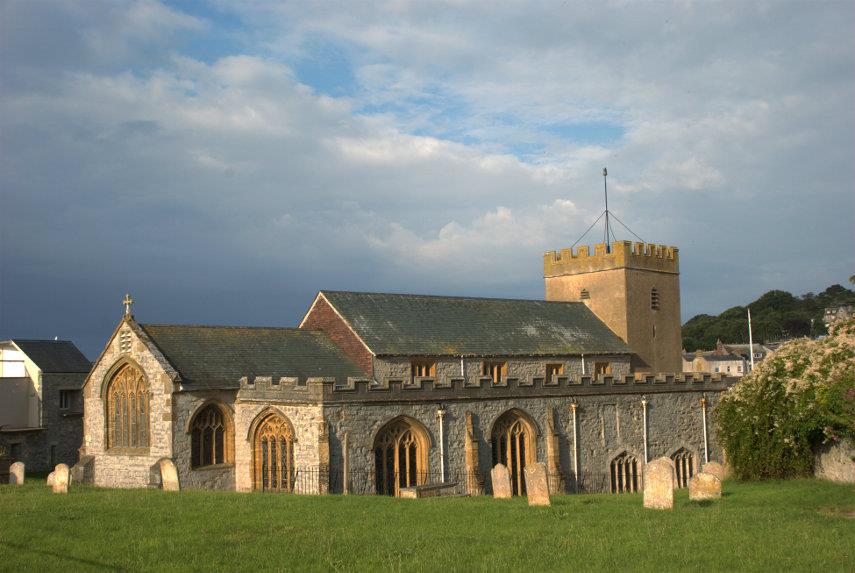
In 1284 the royal title of ‘Regis’ was granted to Lyme by Edward I, partly perhaps because while fighting France he sheltered his fleet in the newly built wooden harbour known as the Cobb, but also possibly because the revenue from the town would go direct to the crown – Lyme was by now an established trading port. The Royal charter given to Lyme was witnessed by the (Catholic) Archbishop of Canterbury, 4 bishops, 3 earls and Prince Edmund (brother to the King). It granted considerable independence to Lyme, which only lost its status as a borough in 1974. One of the privileges that came with the royal charter was that Lyme had two members of Parliament, which it retained until 1832. The royal seal of the charter had St Michael on one side of it (for Lyme’s patron presumably), and St George (patron saint of England) on the other, which probably explains why our new Catholic church in Lyme has these saints as its patrons.
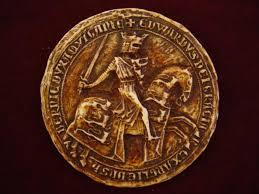
In about 1295, a priory was established in Lyme for ‘White Friars’ of the order of the Blessed Virgin Mary of Mount Carmel, which paid rent of 15 shillings and 10 pennies to the King annually. This is said to be where Stiles House now stands, above Langmoor Gardens. By 1336 there was a hospital for lepers in Lyme, dedicated to St Mary and the Holy Spirit. We know this because in that year Pope Benedict XII granted indulgences to collect donations for its repair (now there is a fund-raising idea for the current church maintenance needs!).
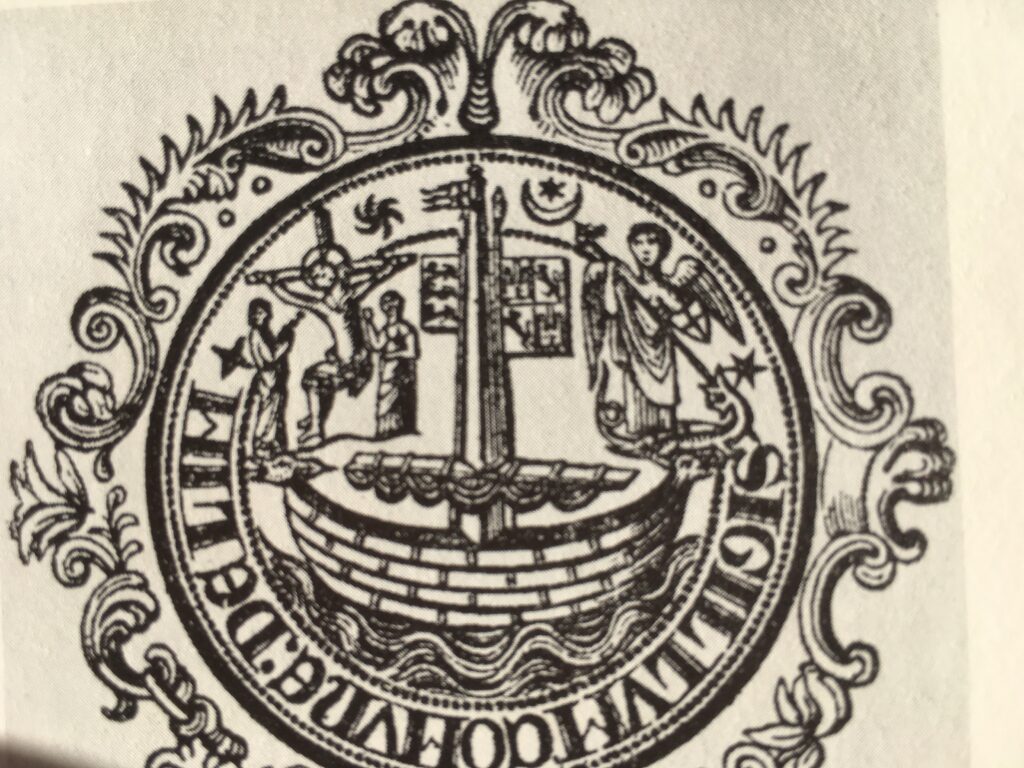
The original church was improved again by the Tudors in around 1506, and it contains a tapestry made in around 1500 recording a royal wedding, probably of the future Henry VII. So Lyme’s loyalty to the Crown was strong at this time, and it is not surprising that when Henry VIII broke with Rome in 1534, the loyalty of Lyme to the crown was greater than to the Pope. Less than 20 years later, Henry’s daughter Mary became Queen and tried to re-establish English Catholicism. But Lyme remained “that heretic town” in the words of Queen Mary. After becoming increasingly Puritan from around 1600, Lyme’s opposition to both the Church and the Crown reached its height in the English Civil War when Lyme was Parliamentarian and Protestant, and suffered a bitter and long siege in 1644, which it survived. Lyme’s hostility to Crown and Catholicism explains why the Duke of Monmouth landed there in 1685 in his unsuccessful attempt to replace his uncle King James II, the last Catholic king of England. Perhaps Lyme’s hostility to the King contributed to it seldom using the ‘Regis’ part of its formal name until very recently. Jane Austen always described it just as ‘Lyme’, and coastal town of Lyme in Connecticut (USA) was named after it (Lyme’s Disease is so-named because it was first diagnosed in that American town in 1975).
Lyme remained hostile to Catholicism for most of the next 200 years. Which makes it all the more remarkable that in 1835, only 6 years after the Catholic Emancipation Act, work began on building the current Catholic Church in Lyme, which is the oldest post-Emancipation Catholic church in this area. For most of the previous three centuries, the few Catholics in and around Lyme sustained their faith by secretly attending Mass in hiding and in safe houses. Apparently the ruined chapel of St Gabriel’s on the west side of Golden Cap was one such site. The most prominent centre of underground Catholicism was Chideock. Of the 360 men and women martyred for Catholicism in England between 1535 and 1681, 8 were from Chideock. Among them was Father Hugh Green who was arrested in Lyme in 1642 and hanged, drawn and quartered in Dorchester. He was beatified in 1929.
Even before Emancipation, Catholicism was quietly tolerated, particularly amongst people who had influence. John Knight had a Catholic chapel in Hilary House in Axminster from as early as 1763. His family funded the building in 1831 of the original St Mary’s Church on the site of the current church built in 1862. Over time, and as Emancipation became a future possibility after the loyal military service of Catholics in the Napoleonic Wars, local Catholics became less secretive: my great, great, great grandfather, Admiral Sir John Talbot, had a Catholic chapel in his house, Rhode Hill, in Uplyme. He married Juliana Arundell from Wardour in Wiltshire, which had been a Catholic stronghold for centuries, and both are buried in the nave of our current Lyme church.
Before the current Lyme Catholic church was built, mass was being said in the old Vicarage, owned by Edward Hebden, just 75 yards south of the Catholic church, and at another site near the Cobb harbour. Mass was also heard at Corum Court, about 100 yards west of the current church, this being the home of Mrs Bellingham, who started the fund to build the current church – using £100 she found in the desk of her dead son. She and her daughter are buried in the Lady Chapel.
The foundation stone of our current Catholic church of St Michael and St George was laid on St George’s Day (23rd April) 1835 by Father Charles Fisher, who had been appointed to St Mary’s Axminster less than a year earlier, and whose tomb is in the church. The first mass here was said on 27th August 1837 by Father Joseph O’Dwyer, and in 1838 Father William Vaughan became our parish priest. He had the Presbytery designed by the renowned Catholic architect Welby Pugin, and built the church school, a three-storey building of which the remaining ground floor is now our parish room. He later became the second bishop of the Diocese of Plymouth. By 1851 it is recorded that mass in Lyme was regularly attended by 60-80 people.
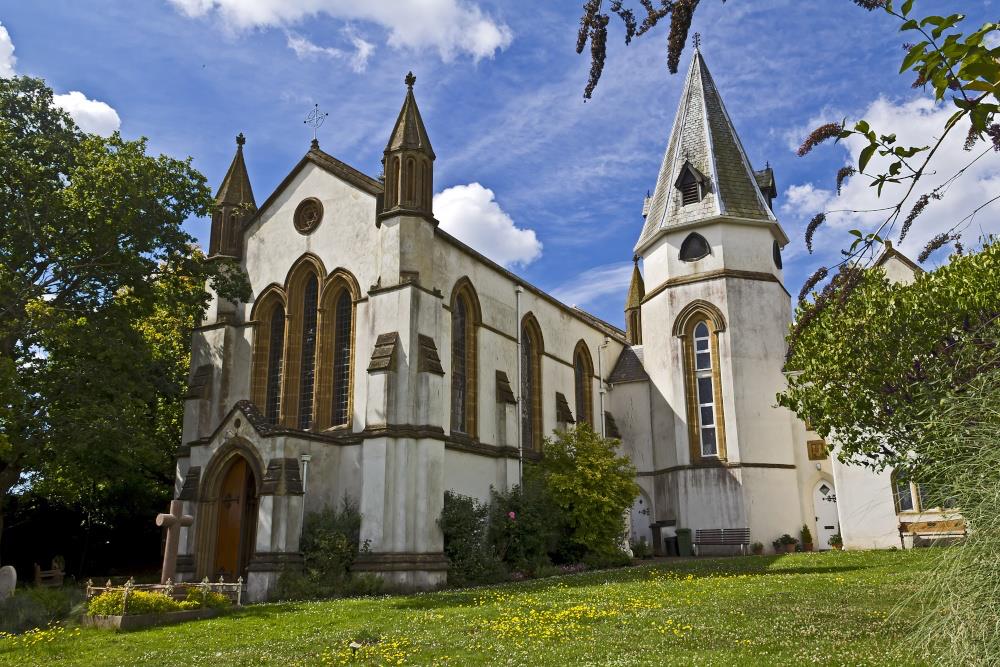
The church school was run by an order of nuns who arrived in 1890, the Servants of the Sacred Heart, and when they moved on, they were replaced by a small community of the Holy Child. The last order of nuns to run the school were the sisters of Christian Instruction, who survived until the late 1960s, and one of our parishioners remembers being taught by them.
Lyme has had three Catholic mayors: John Talbot (grandson of the Admiral), Alban Woodroffe (John Talbot’s brother-in-law) who was made a Papal Knight of St Gregory by Pope Pius XII, and John Broderick who ran the Volunteer Inn and was a stalwart of our parish. Lyme can be more proud of the 6 vocations to the priesthood from amongst its parishioners (Bishop David Mathew, Canon Talbot, Monsignor Dewey, Monsignor Mostyn, Canon Bethell and Dom Ralph Russell).